Here are my notes from the Day 1 at WTD Portland 2023.
Ryan Young - Is it (layer) cake: Thinking in content levels
- They have their own framework for defining information architecture, which they use to make sure every user land on the type of content they need to solve their issue.
- He have used a perfect metaphor of information being a mall, and docs being like a map of the mall.
Here are some problems he defined they had before, the fun part is that they are all based on a real feebback.
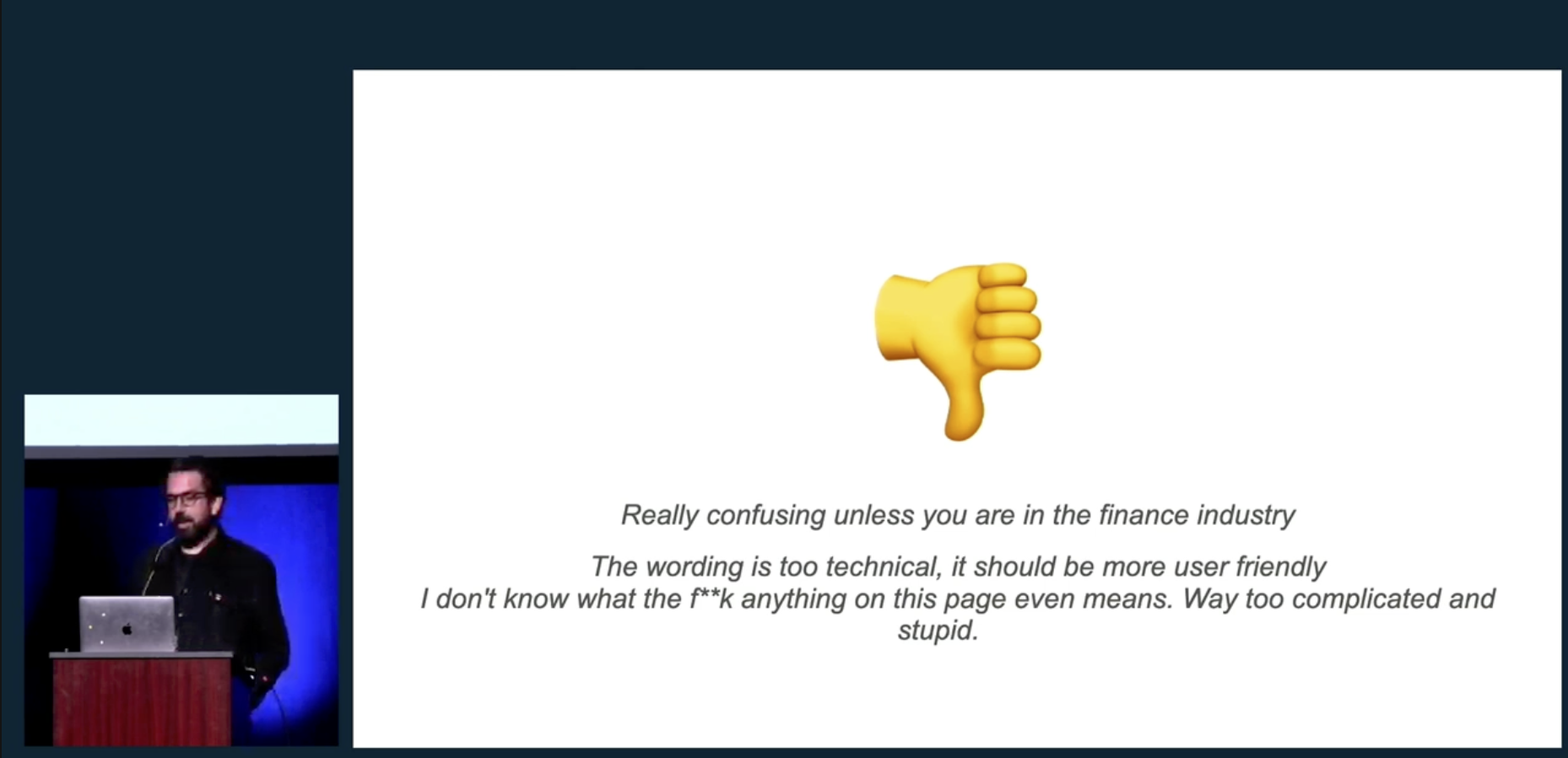
Problems:
- Wrong doc scope - too broad too specific
- To many choices
- Too much information to utilize
- Too technical
- Not clear where to start and where to go next
So what they’ve done to change the situation:
- Give a user not only high-level, conceptual information, but some mid-level so they can continue with the decision. You still orienting users but on another level of abstraction. It is sothing like a bridge, lower layer than an overview with more depth
- Connecting docs with actual UI (immersive docs embedding fuctionality from UI, docs that back up the hints in the UI in text)
- Create dedicated docs for no code users
- Provide context for every option and piece of integration
- Presenting options but not as a list but as a guidance how to reason between them
As a result, they’ve got a layered cake of docs, where high-level is used for orientation, middle — for decision, and low — for implementation.
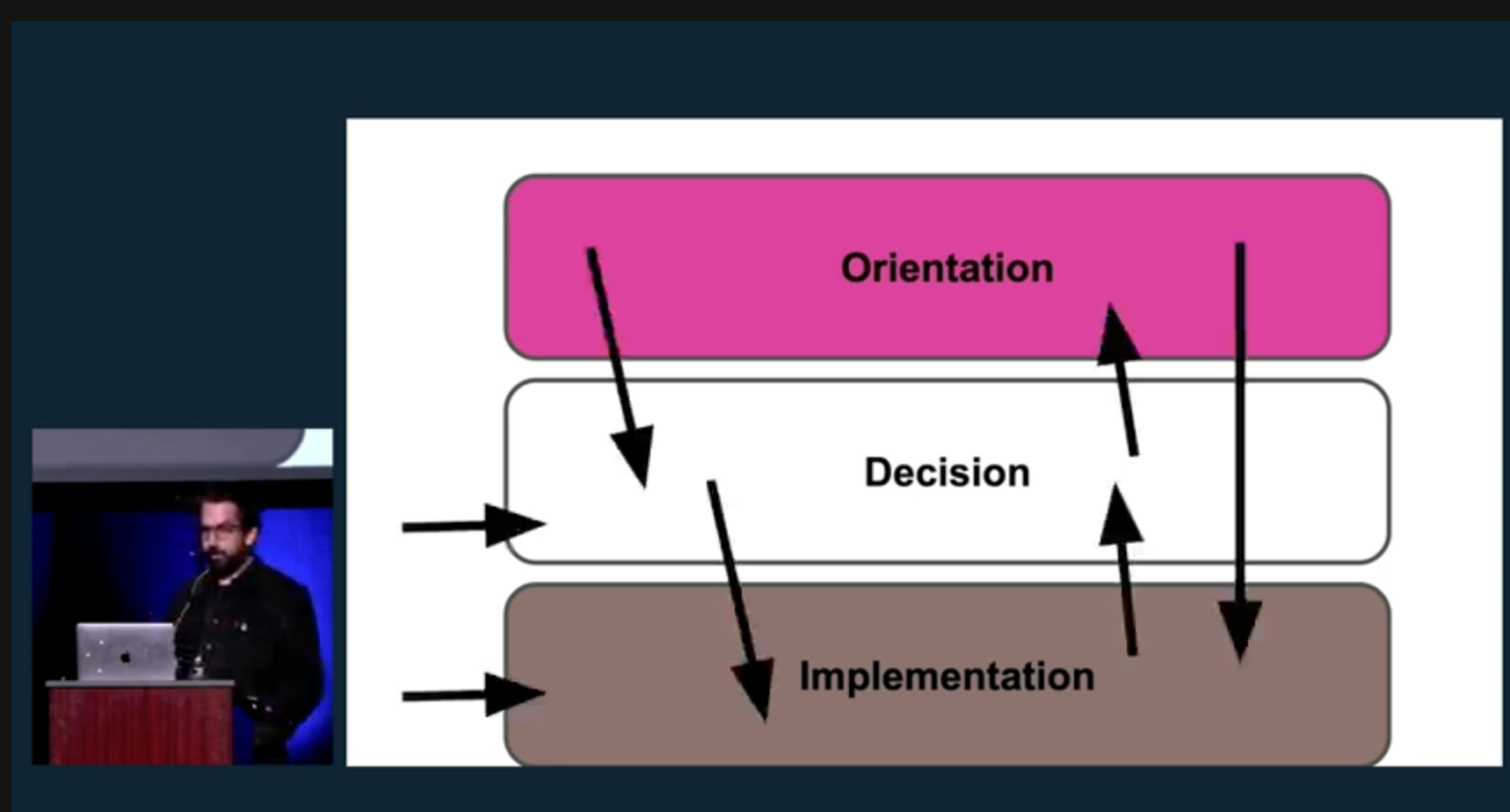
Adam Altman - From resistance to adoption: navigating the challenges of docs-like-code
- Adam’s talk is dedicated to docs-as-code and he intended to guide everyone who is scared and lost throuth the process of implementation
- Popular misconception oabout docs-as-code — you need a Computer science degree to use it. Rather thousands of conversations
- Docs-as-code is not about SSGs or git, it is about a lot of communications, collaboration, convicting people to change their workflows

- Three steps:
- Assess — Docs-as-code is not appropriate for every company and use case
- Build — try in 30min, evaluate the migration cost, test with a non-techie and adjust your estimations
- Convince your boss and yourself — find the transformation that make sense for your company business, explain in simple words, appraise value, pre-handle objections.
- Here is a ready-to-use template for pre-handling the possible objections:
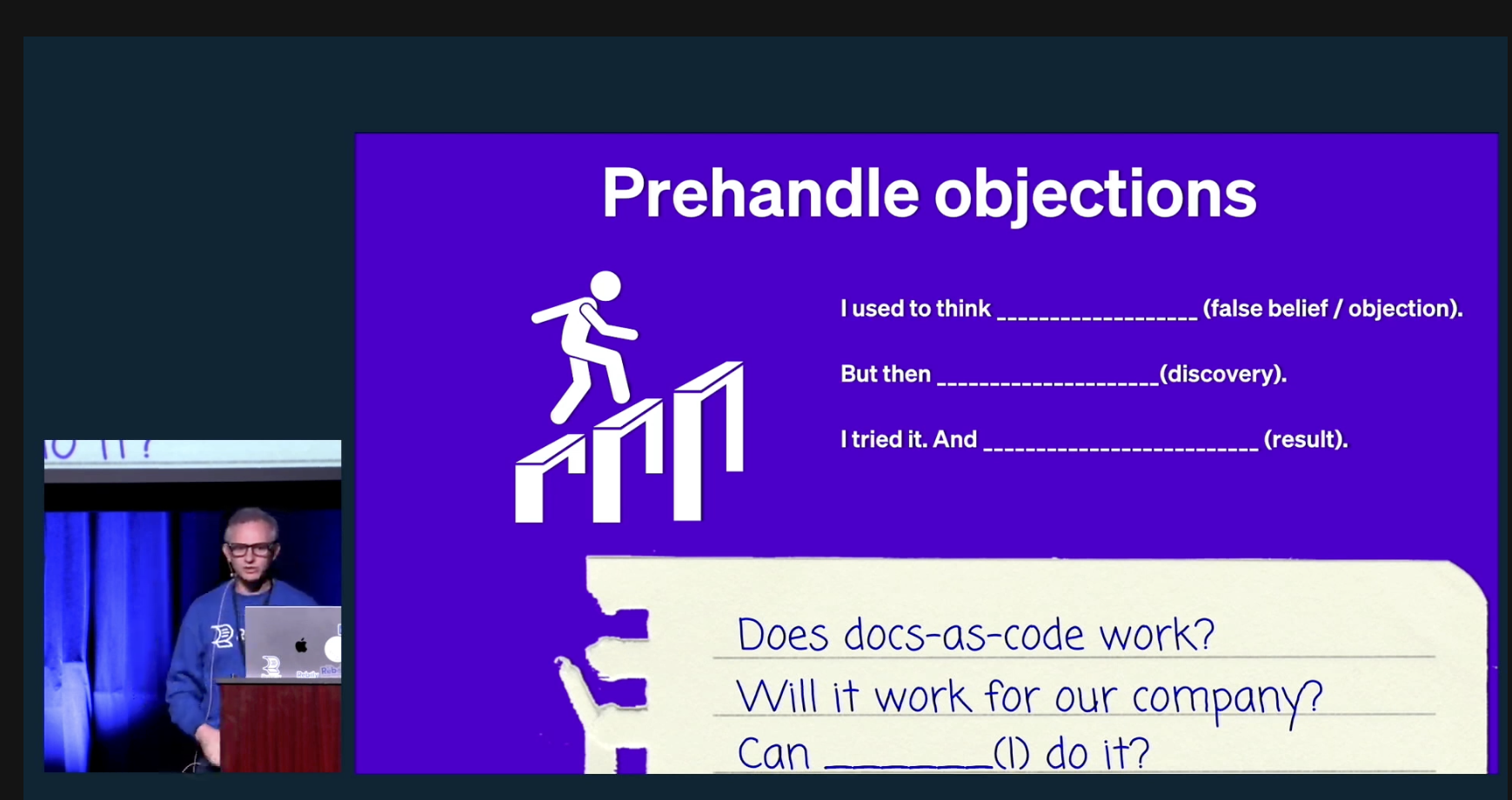
- Here are some possible objections you can face:
- It’s not good at handling content reuse
- It’s unable to work with visual content
- It lacks support for real-time collaboration
- It can’t handle complex formatting
- No ability to integrate with other compamy tools
- concerns about using git and Markdown
Linda Ikechukwu - Myths, Mistakes, and Missed Opportunities: Lessons learned from a year of interviewing technical writers.
Linda Ikechukwu summarized her experience during interviews with people from the tech comm field and here are some lessons learned:
- Submit a style guide formatted doc
- Use metrics to show impact you’ve made
- Use precise verbs to describe your tasks and achievements
- If you have no portfolio or writing samples, search through GitHub and contribute to open source projects
- You don’t need to be coder, but focus on one programming language, learn just enough to build a small app
- You don’t become tech writer by getting the job, you become it long before
Also, Linda during her talk spotted a problem: Bootcamps, schools and IT courses are mainly focused on coding, not technical communications, so many people even didn’t know they can get paid for writing in tech.
Follow Linda at: https://www.everythingtechnicalwriting.com/.
Lightning talks
Jewel How can emojies be read differently
- We care about a lot of people who are reading our content - cultures, backgrounds, age.
- The background can influence even the way you’re reading the emojis
- For example, folded hands can mean thank you, pray, and congrats (high-five).
- Smile with a teeth - can be a smile for one or “I am gonna bite you” for another.
- Think on how is this gonna read depending on the culture they’re from
- When you go to localizers - mind, they may need to translate the emojies too
- Also, mind that unline text and letters emojies have different varieties on Windows, Android, macOS. So check all the variants.
- Double check what is the label for this emojies, it usually helps
Julia CARs for writers
Julia taught us to dedicate time to ourselves with CARs which is an acronym for Controlled Articular Rotations. Do simple stretches during the work day.
Ryan Maclene Stop saying just be logical
- Human brains and behaviour is now strictly logical it can be squishi
- We all receive stimuls and get the reactions back
- Stimules can be anything - news, challendges, requests, concerns
- So don’t write for machines and code, write for humans
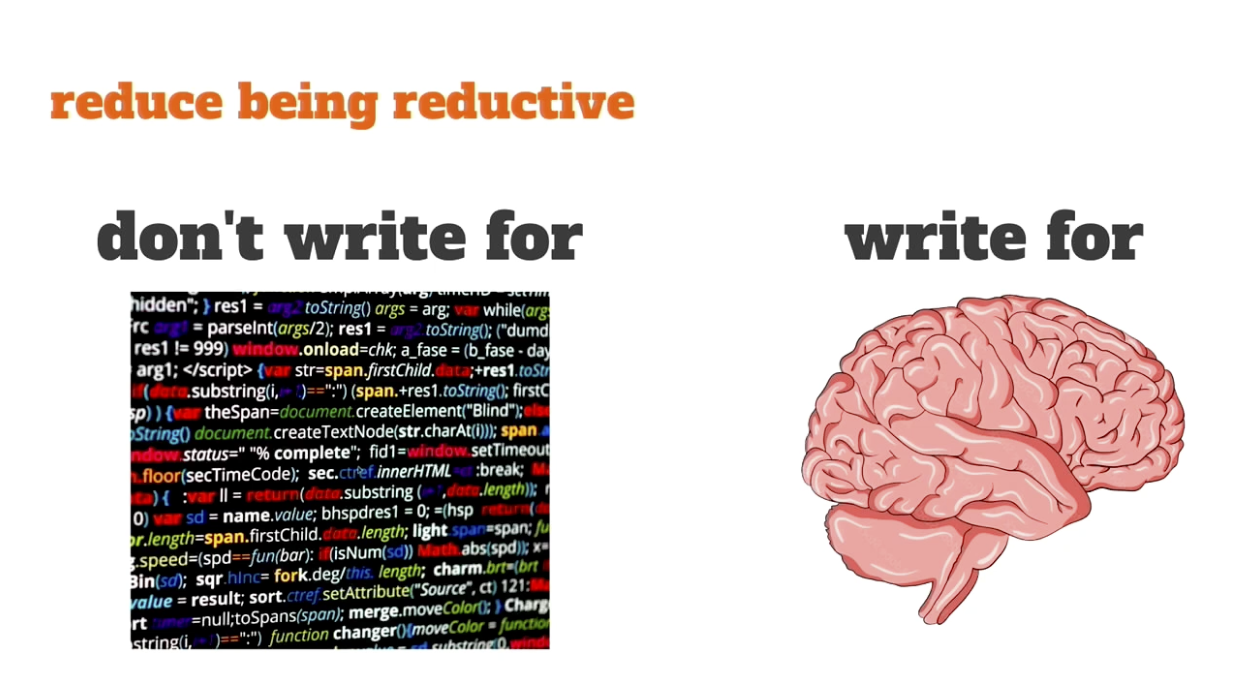
Ashley Gordon – Tech Writing Internship
- Ashlee Gordon, tech writer at LumaHealth, has told how to convince the company to hire an intern.
- Some arguments include:
- getting a new, fresh point of view from the person of another age and background
- tell your boss what interns will be doing, always have a precise plan for the internship, what they’ll learn and do
- also tell how it will offload the team, not add the workload
Matthew Shaver – Lego your docs
Some lessons from building a Lego castle with his daughter:
- Keep the result in sight (like Lego keeps it on the box)
- Get your customers onto your project, let them along the way
- Split into chunks (like lego splitting into bags)
- Define target audience (like lego defining the age on the boxes)
And the last but not least — clean up all the details left after or you’ll step on it.
Daniel Murphey - Release-ready Docs: How a 2-person team keeps a help center consistently accurate
- By release readyness thet mean — doing the advance work needed to make all their docs accurate and complete withon 24h of a release
- Why it is important:
- Sanity (no last minute changes, no backlog)
- Simplicity (limited number of edits in a framed time)
- Customer trust (up-to-date docs)
- Team support (support team contribute to the success)
- AI (works better if you present it an up-to-date information)
- Tech writers don’t work with users, they rely heavily on support and customer success team
- How they achieve it in general:
- Well-documented processes
- Planning
- Communication
- So how the process look like:
- Step 1 Awareness - roadmap, slack channels, meeting and tpuch points, UX review. Continual refinement
- Step 2 Scoping: They do an initial gut check. Define which new articles they need and which nedd to be updated and the change type (text or image). Change issues - which changes affect each article and come up with a simple to do list with some custom task fields for change type and release issues.
- Normal release is usually 20-50 articles = start to prepare 30 days before release.
- Big release is 50+ articles, starts ASAP.
- A piece of advice: Bucket changes into what should be done on a pre-stage and what — on a post-.
- Step 3. Drafting. Do the preparation to help future self. Some opportunities for combos here: check if you have planned audits or submitted feedbacks for these articles and do the work.
- Futire-proofing. Some tips on how you can save time for your future self:
- Simple screenshots — showing only the part that is needed for comprehension so that they don’t need to retake them frequently
- Future-proofing — adjust wording for future changes, same for dates on the screenshots
- Safe exclusion - removed what will be removed in advance. Use with caution!
- Futire-proofing. Some tips on how you can save time for your future self:
- Step 4. Release. Always announce within the team first, publish all edits and what’s new, localise changes.
Some more takeaways:
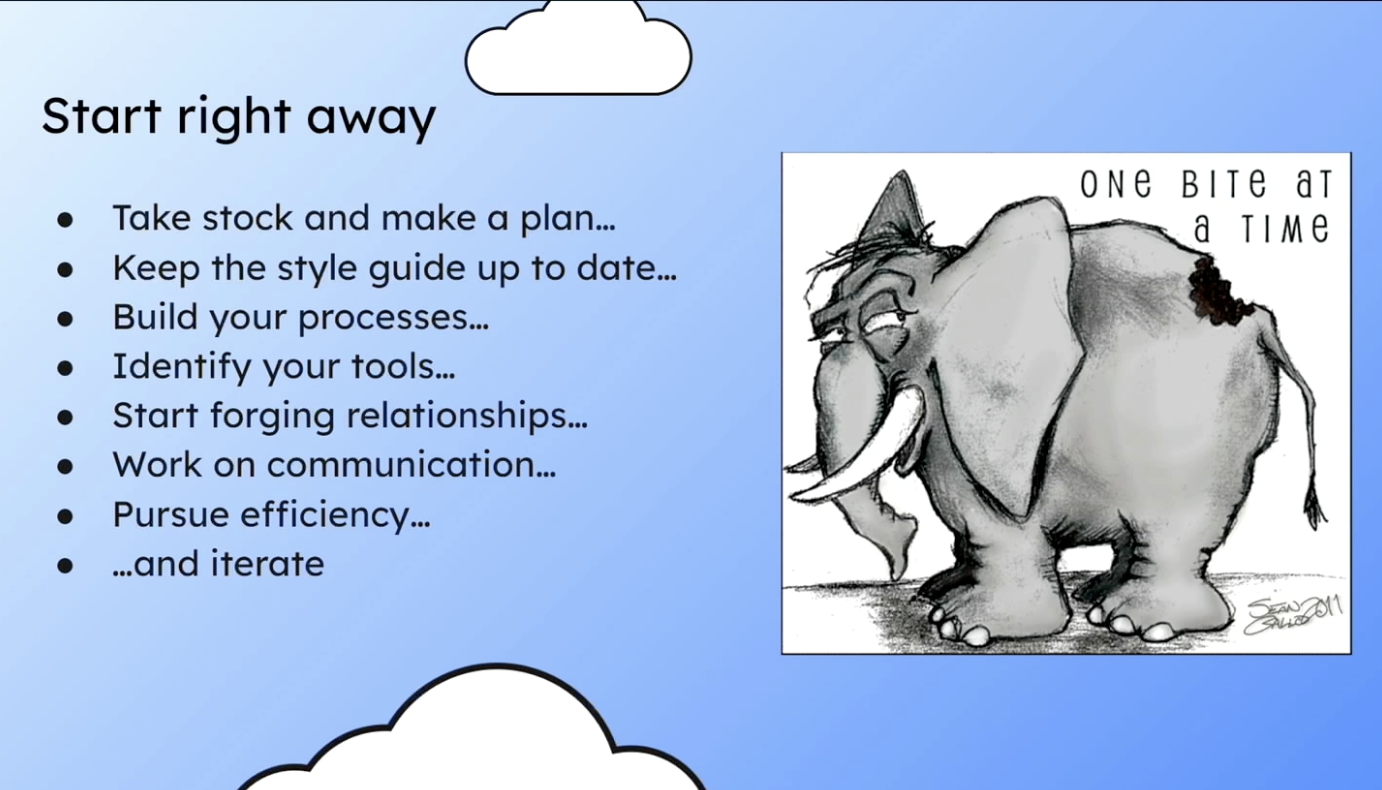
Sarah Greene - Did You Read the SOP? Procedure Writing for the Laboratory
- Documentarians and laboratorians are somewhat related — we both love constsrency, acciracy, and clarity.
- SOPs are crucial, they should be repeatable and detailed.
- Some advices for non-techwriters on writing procedures:
- Map out the process first with flow charts or drawings
- Then you can go with the flow and throw as much text as possible, edit later
- Use should, could - precise verbs
- Utlize colleagues to test the procedure on them
- USe it as an opportunity to improve workflows

And my favorite part of the talk!
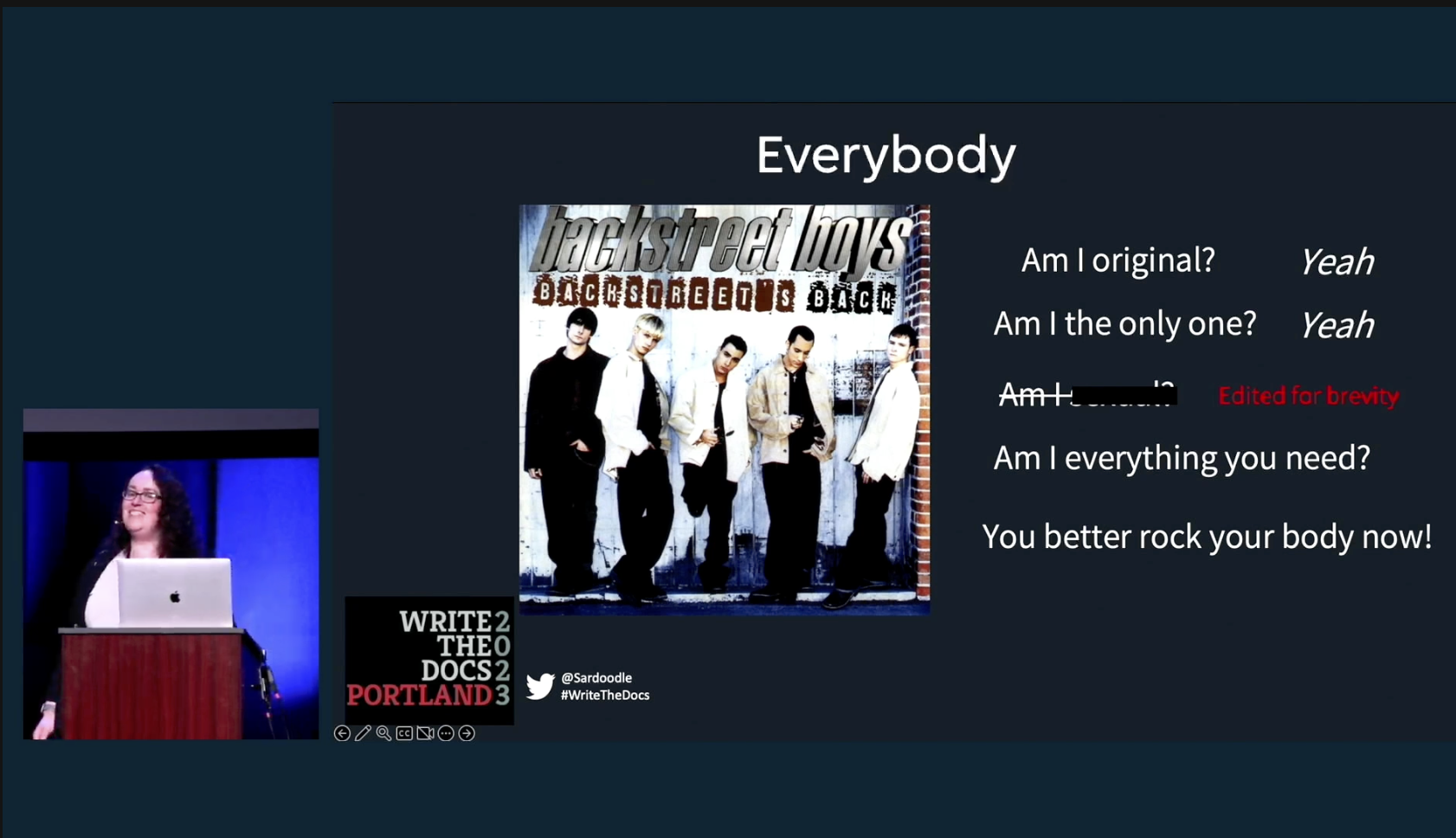
Dan Grabski – Zen And The Art Of Automanually Creating API Documentation – An Inquiry Into Process
- The title originated from the book Zen and the Art of Motorcycle Maintenance: An Inquiry Into Values about a summer motorcycle trip undertaken by a father and his son.
- He proposed two principles you can utilize for your API docs to keep them sane and consistent:
- Manual before automatic: In the world where many people want as much automation as possible they practice Manual before automatic approach. It helps to catch errors and make improvements into the automated part.
- Working with humans: interpersonal improvement, consolidate efforts, reduce conflict